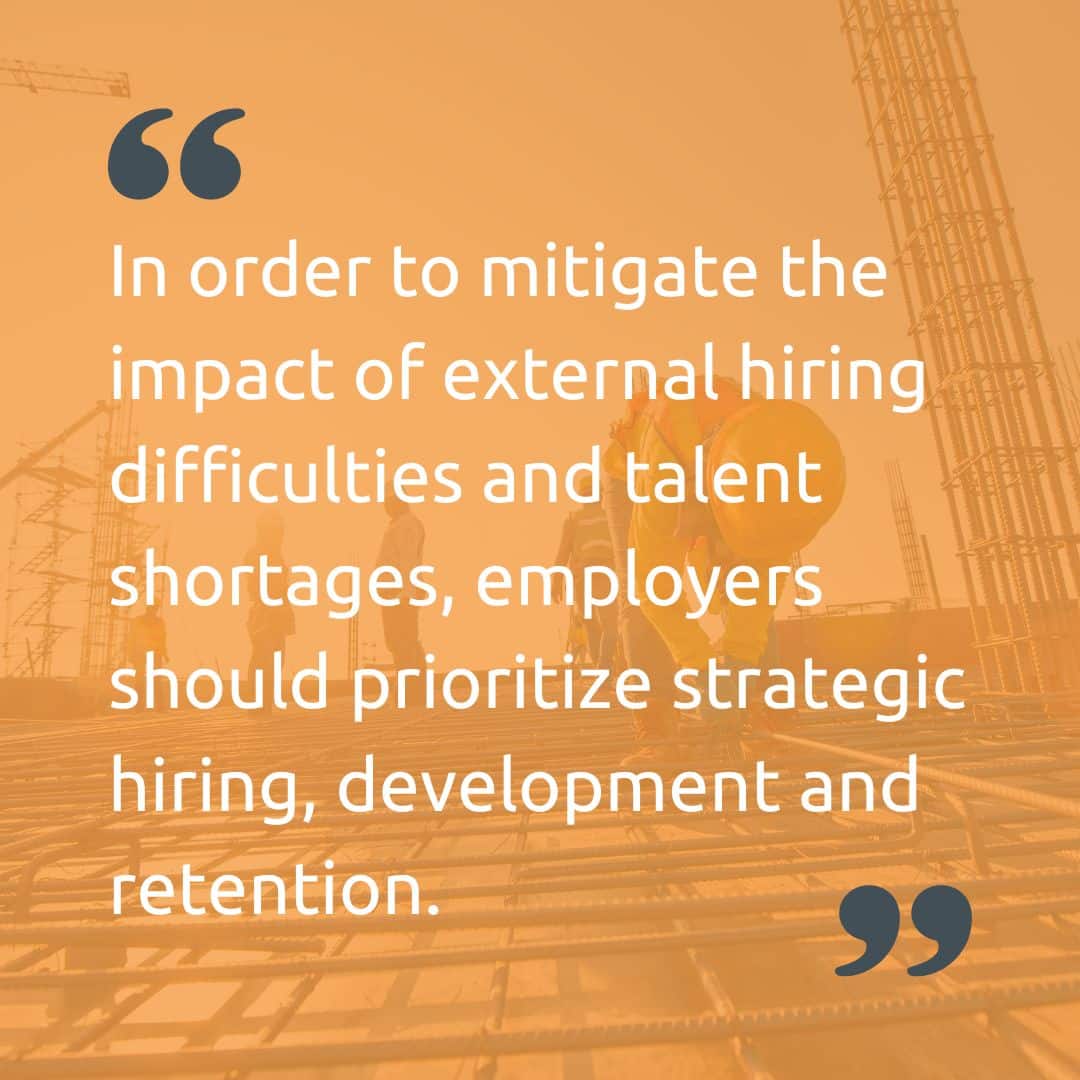The industry, encompassing construction, infrastructure, energy, and civil engineering, is undergoing significant growth and transformation. This expansion is driven by investments in infrastructure, climate adaptation, and energy projects.
With the middle of 2024 approaching, we thought we’d take a deeper look at the engineering sector, across Europe, after a few turbulent years. In this article, we offer an overview of the sector’s current state and future trajectory, along with our thoughts on career development and hiring.
Current Growth and Expansion
The European engineering shows promising signs of growth. According to the latest Industry Barometer from the European Federation of Engineering Consultancy Associations (EFCA), 95% of countries report stable or increasing markets (Jones, 2024). The positive outlook is backed up by stronger order books, growing revenue, and growing profitability. Investments in transport infrastructure, climate adaptation, energy infrastructure, and building up resilient manufacturing industries (Jones, 2024) are key drivers.
In parallel, data from Eurostat indicates that European construction output grew by 0.6% in June compared to May, driven by a 2.1% increase in civil engineering. Year-on-year, the eurozone saw a 2.6% increase in construction output, largely due to a 3.7% rise in civil engineering activities (Eurostat, 2024). It shows how important civil engineering projects are to the construction industry’s growth.
Real Estate and Investment Opportunities
The dynamic expansion of the engineering sector is creating substantial demand for real estate and infrastructure development. The Eurostat data highlights significant increases in construction output in countries like Hungary (+28.3%), Poland (+24.2%), and the Czech Republic (+8.9%) (Eurostat, 2024). The growth means more competition for skilled labor and project management expertise, which could affect the speed and efficiency of new projects.
Challenges in the Job Market
Despite the positive growth trends, the engineering job market faces several challenges. Staff shortages and increasing labor costs are the biggest hurdles facing the consultancy and engineering industry in Europe (Jones, 2022). The hiring process is complicated by bureaucracy and political uncertainty. In these challenging times, both employers and job seekers need to take a strategic approach to recruitment and workforce management.
Strategic Resourcing and Future Trends
Engineering companies are focusing on strategic resourcing and workforce stability to deal with these challenges. Maintaining a flexible workforce, developing talent, and investing in current employees are key. In order to mitigate the impact of external hiring difficulties and talent shortages, employers should prioritize strategic hiring, development, and retention. As a job seeker, it shows the value of adaptability and continuous professional development.
The potential for larger engineering firms to acquire smaller companies with strong assets is expected to increase, though a skills gap due to reduced hiring and increased remote work remains a concern. Job seekers with specialized skills and experience in high-demand areas may find increased opportunities through such M&A activities.
Global Landscape of Engineering
The engineering sector’s growth landscape varies significantly across Europe. With substantial increases in construction output, Hungary, Poland, and the Czech Republic are leading the way (Eurostat, 2024) Yet countries like Bulgaria are experiencing declines, showing the region’s uneven growth.
For job seekers, these thriving markets offer plenty of career opportunities. For hiring managers, understanding these geographical trends can help in strategic planning and targeting the right talent pools.
Navigating the Future of Engineering Employment
The engineering sector is on a robust growth path, driven by investments in infrastructure, energy, and climate adaptation projects. However, there are challenges, especially in the job market and resourcing. To navigate these challenges, employers need to focus on workforce stability, innovation, and strategic investments. For job seekers, staying adaptable and continuously developing skills will be key to seizing new opportunities. By understanding these trends and preparing for the evolving landscape, both employers and job seekers can thrive in the dynamic engineering sector.
References:
- Jones, C. (2024). EFCA: ‘Engineering consultancies of Europe remain strong and optimistic’. Construction Europe. Link
- Eurostat. (2024). Civil engineering drives growth in European construction output. The Construction Index. Link
To get involved with the growth in the Engineering sector, apply for our jobs here.





